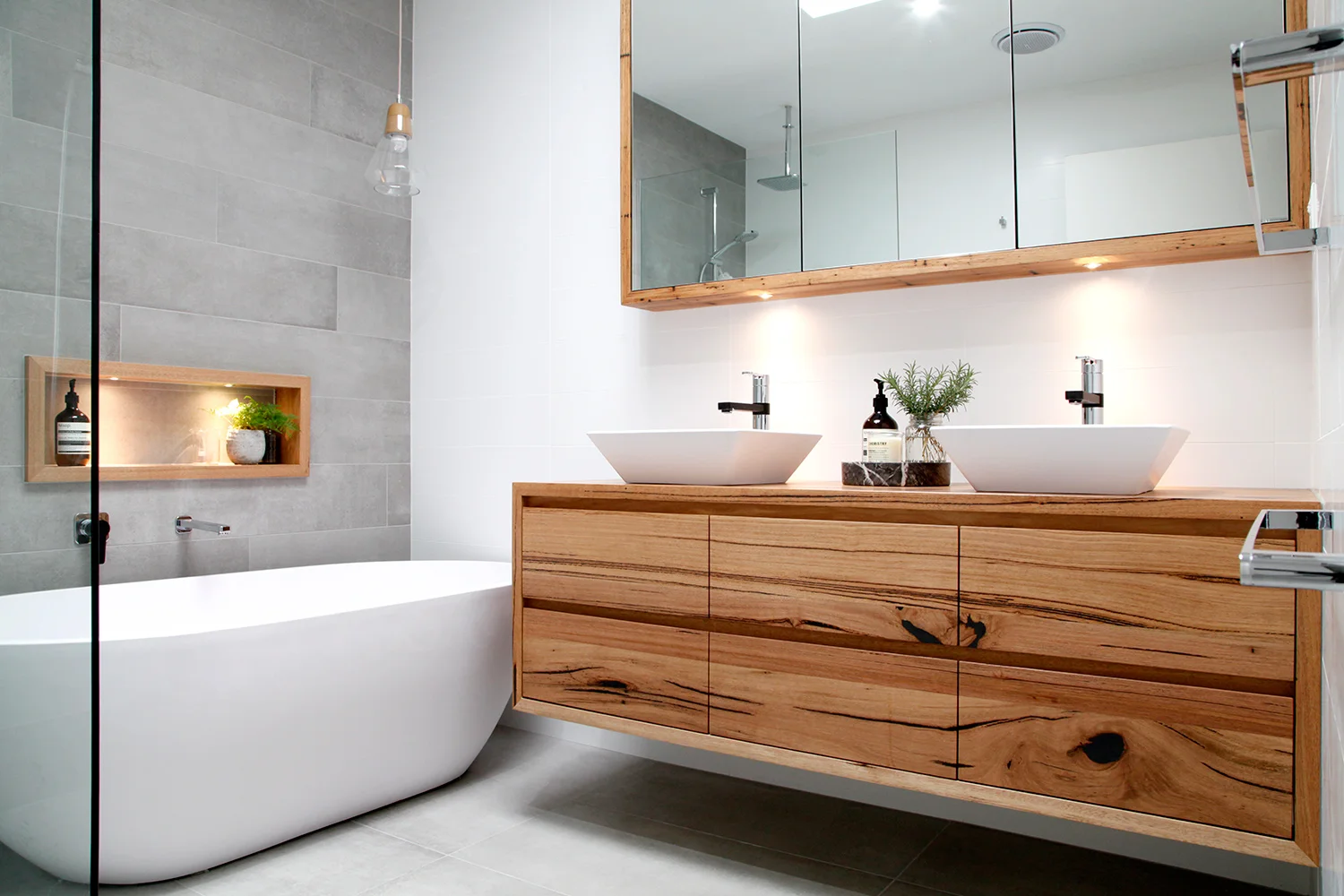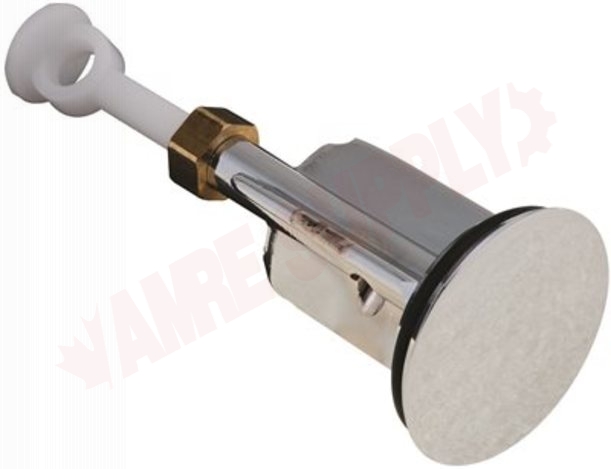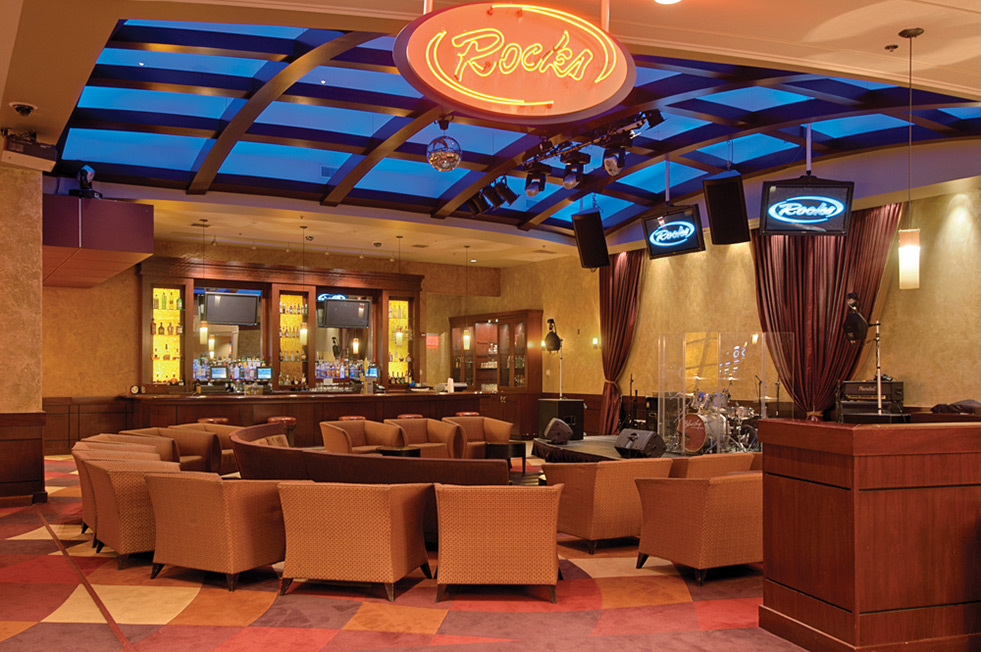Modern mud houses are easy to build and do not require highly specialized skills. As an ecological building structure, building with mud is gaining traction amongst sustainable and eco-friendly housing alternatives. Most mud house designs use natural materials, such as mud, sand, and stone, to form a durable and aesthetically pleasing dwelling. Innovative mud houses from around the globe can be seen in dense urban contexts, remote villages, and rural settlements. They possess a variety of building techniques; with some designs handlers employing innovative methods to help regulate temperatures and promote passive insulation. Architects are also combining mud brick walls with other materials, such as metal, timber, and concrete blocks to create a stronger, more efficient structure. Though mud house designs have seen an increase in popularity, the tradition of building with mud bricks has been in practice for thousands of years. Early mud houses were used in hot climates like those of the Middle East, as the mud material interacted with air to create a cool atmosphere inside. Today, mud houses provide a unique blend of modern design and timeless tradition.Modern Mud House Designs from Around the Globe
Earthbag and cob houses are an efficient, affordable, and green method of creating a sustainable home. Earthbag buildings are typically built using a mixture of sand, clay, and soil. To create the walls, the mixture is used to fill polypropylene bags, which are then stacked in a running bond pattern. This technique is relatively easy to learn and can be done by anyone, including non-contractors. Cob is a form of earthen building, usually paired with conventional construction, and is made of mix of mud, clay, and straw. Cob structures are typically stronger and more durable than other forms of earthen construction, devoid of interior walls, and are built with a thick mud mixture using slipforming or hand-shaping. This type of construction stands to the test of time and does not require the use of expensive, energy-intensive materials or technologies. Earthbag and cob home construction also require fewer resources and generate less waste than their conventional counterparts. Plus, these systems promote fast construction and are ideal for constructing both full houses and smaller structures, such as sheds and cabins. Plus, attending an earthbag or cob building workshop will help provide the skills you need to get started.Earthbag and Cob Houses: Natural, Affordable, Sustainable Housing
Eco-friendly houses allow homeowners to have an environmentally friendly lifestyle without breaking the bank. Building a green home also has the added benefit of being economically and financially wise. Here, we’ll review 10 green homes that were built for less than $20,000 each. One example is the Earthship Biotecture, which was built on a budget of $7,500. This type of home utilizes unique building materials and incorporates green and renewable energies, including rainwater catchment systems. The design is entirely self-sustaining, allowing homeowners to live without sacrificing comfort or convenience. Another example is the Earthbag Village. These cost $3,500 to build, with the most expensive items being the barrels, sources of earth, and other recycled materials. As a more traditional earthen structure, these structures require little energy to maintain and will last for generations. Lastly, another example is the Earthship Biotecture, which is made with natural and recycled materials paired with passive energy solutions, such as solar and wind.10 Eco-Friendly Houses Built for $20K or Less
Building mud houses is not as daunting as it may seem. If you have basic building skills and the right supplies, constructing a mud house can be both rewarding and fun. Here, we’ll review a few tips to help you get started. To begin, it is important to create a detailed plan and gather all the necessary materials and tools. A good source of mud is essential, as well as an area on which to construct the home. Step two is setting up the perimeter once the location has been chosen. Once this is done, you can start constructing the foundation, which can be made of stone or sand. Once the foundation is laid, you can then begin mixing and forming the mud into bricks. For those uninitiated, it can be beneficial to attend a workshop or find an experienced guide that can help provide lots of insight and tips. Additionally, it’s important to remember that building mud houses requires significantly more time and effort than traditional buildings. So, be sure to plan accordingly and be patient.Best Mud House Construction Tips For Beginners
Mud houses provide a unique blend of aesthetically pleasing design and timeless tradition. From cozy cabins to remote cabanas, these dwellings are sure to steal your heart. Here, we’ll review 20 adorable mud houses from around the world. One example is the Earthship Biotecture, which is constructed using natural and recycled materials, paired with passive energy solutions such as solar and wind. As a self-sustaining structure, the Earthship provides comfortable living solutions while promoting respect for nature. Another example is the Richardson Home, a beautiful home that was designed to blend in with the surrounding environment. Another modern mud house design is the Liden Cabin. This cozy cabin is located in Sweden and is made out of locally sourced mud bricks. The eco-friendly structure is heated with a wood-burning stove and gets plenty of natural light from its large windows. Additionally, the Eco Rock Home, located in South Africa, is made from sand and silt, and features walls made of stone and mud. Its circular shape is designed to mimic nature’s curves, and its interior is built around a central fireplace.20 Adorable Mud Houses That Will Steal your Heart
Building with mud is an effective way to create a comfortable, sustainable, and affordable home. This type of construction offers many benefits, providing homeowners with privacy, energy efficiency, and reduced reliance on traditional building materials. Here, we’ll review a few of the benefits of mud home building and provide some design ideas. Mud home building is an economical and sustainable alternative to traditional building materials. Material costs can be reduced, and labor costs are lower, as the construction can be done with basic tools and materials. Additionally, mud is a very malleable material that can be used to build complex structures. Mud homes are also energy-efficient, providing insulation from the heat and cold. Lastly, well-built mud homes can last for decades. In addition to its various benefits, mud home building also allows for creativity and innovation. Popular mud home designs include round houses, dome homes, and multi-family dwellings. Additionally, the mud walls of these homes can be combined with elements such as wood and stone to create truly unique homes.Mud Home Building: Benefits and Design Ideas
Before building a mud house, there are a few things to consider to ensure a successful outcome. Here, we’ll review a few tips to help you get started. First, it’s important to select the right building site. The location should be flat, have good drainage, and be close to a source of water. Additionally, consider the climate of the location, as mud homes are not ideal for extreme weather conditions. It’s also important to select the right materials. Different materials will determine the look and feel of the home. Many builders use adobe mud, as it is a durable and aesthetically pleasing material. It’s also important to determine the size and shape of the structure. Lastly, make sure you have the right tools and supplies before beginning. These items should include buckets, shovels, and trowels.7 Things to Consider Before Building a Mud House
Building an eco-friendly mud house is a great way to reduce your environmental impact. The process requires careful thought and planning, as well as an understanding of the necessary materials and tools needed for construction. Here, we’ll review the steps for building an eco-friendly mud house. The first step is selecting the right building site. The location should be flat, have good drainage, and be close to a source of water. Additionally, make sure to consider the climate of the location, as mud houses are not ideal for extreme weather conditions. Next, gather all the necessary materials and tools for the project. This should include adobe mud, which is a common material used for construction, as well as buckets, shovels, and trowels. Finally, make sure to visit an eco-building workshop, which will provide crucial insight and tips from experienced eco-builders to help ensure a successful outcome.Build an Eco-Friendly Mud House
Building a mud house is an effective way to reduce your environmental impact and create a comfortable and sustainable living space. Here, we’ll review a few tips for creating a successful, sustainable mud house. To begin, it’s important to choose sustainable building materials. Materials such as adobe mud are a popular choice, as they are both durable and aesthetically pleasing. Additionally, make sure to select the right building site. The location should have good drainage and be close to a source of water. Next, make sure to have the right tools and supplies on hand, such as buckets, shovels, and trowels. It’s also important to plan ahead and do thorough research. It can be beneficial to attend a workshop or hire a professional who has experience with mud houses. Finally, make sure to utilize green energy sources, such as solar panels, to further reduce your environmental impact.Tips for Building a Sustainable Mud House
Nowadays, building an off-the-grid home is an attractive option for many people. With the cost of traditional construction and energy sources continually rising, constructing an off-the-grid home is an ideal way to break free from these mounting expenses. Here, we'll discuss the Modern Mudhome. The Modern Mudhome is an energy efficient structure made from a combination of mud, sand, and clay. The structure requires little energy to construct and possesses excellent insulation, air quality, and natural ventilation. To maintain the Modern Mudhome, all you need is a basic understanding of traditional earthen building practices and a toolkit. The structure is built using a series of mud brick walls and wooden trusses. Additionally, the design incorporates passive features, such as solar panels and a rainwater catchment system. The Modern Mudhome is ideal for anyone looking to live off-the-grid and embrace the minimalist lifestyle. Plus, it requires significantly less energy to construct and maintain than standard homes.Modern Mudhome Project Lets You Live Off-The-Grid
Though mud houses require significantly more time and effort than traditional buildings, the DIY skills you need to build a mud house can be learned. Here, we’ll review the steps for building a mud house. First, be sure to plan ahead. You will need to set up the perimeter of the home, determine the size and shape of the structure, and select the right materials. It is also important to have the right tools and supplies, such as buckets, shovels, and trowels. Additionally, attending a workshop or finding an experienced builder that can help provide tips and insight is essential. The next step is construction. Start by building the foundation, which can be made of stone or sand. Then, mix the mud and begin laying the brick walls. Be sure to build the walls in small sections and allow for time to dry. Lastly, for interior walls, make sure to use straw and clay combinations instead of mud. When building is complete, the mud house is ready to be enjoyed.DIY Steps for Building a Mud House
Mud House Design and Construction
 The beauty of a
mud house
lies in its natural, earthy materials and the fact that each one can be customized to fit its environment. With the right design and construction process, a marriage of traditional and modern design elements can result in a stunning residence that's not only built to last, but to improve with age.
The beauty of a
mud house
lies in its natural, earthy materials and the fact that each one can be customized to fit its environment. With the right design and construction process, a marriage of traditional and modern design elements can result in a stunning residence that's not only built to last, but to improve with age.
A Custom Home for every Climate
 Building a mud house can be a surprisingly accommodating building process. Due to the modular nature of a
mud house design
’s construction, it can be adjusted to fit the needs of any location. Its balconies, overhangs, and curved walls can be tailored to manage sun and shade patterns, mitigate cold/hot spots, and improve wind control.
Building a mud house can be a surprisingly accommodating building process. Due to the modular nature of a
mud house design
’s construction, it can be adjusted to fit the needs of any location. Its balconies, overhangs, and curved walls can be tailored to manage sun and shade patterns, mitigate cold/hot spots, and improve wind control.
Proper Building Process for Mud Houses
 To ensure the longevity of a mud house, it’s important that the construction process be carried out properly. This can include selecting the right materials, maintaining the local mixture of clay and sand, ensuring that the walls are thick enough, and using a waterproofing process before the structure is finished. Additionally, good air circulation is critical for a comfortable home and quality building science should be practiced throughout the construction process.
To ensure the longevity of a mud house, it’s important that the construction process be carried out properly. This can include selecting the right materials, maintaining the local mixture of clay and sand, ensuring that the walls are thick enough, and using a waterproofing process before the structure is finished. Additionally, good air circulation is critical for a comfortable home and quality building science should be practiced throughout the construction process.
Benefits of a Mud House Design
 Building a
modern mud house
can provide a variety of advantages. In addition to potentially having a longer lifespan (mud homes can last up to 50 years or more with proper maintenance) they are also energy efficient. Mud homes are able to store the energy of the sun and slowly release it, helping to regulate the temperature of the home naturally. Additionally, mud houses are naturally sustainable, requiring only natural and locally sourced materials for construction.
Building a
modern mud house
can provide a variety of advantages. In addition to potentially having a longer lifespan (mud homes can last up to 50 years or more with proper maintenance) they are also energy efficient. Mud homes are able to store the energy of the sun and slowly release it, helping to regulate the temperature of the home naturally. Additionally, mud houses are naturally sustainable, requiring only natural and locally sourced materials for construction.
A Resilient Residence
 Mud houses can be a great source of strength for rural households in many parts of the world. Not only does a mud house design offer a residence that can last a lifetime, it also provides a climate-adaptable living environment and an energy efficient structure to protect occupants from the elements. With the right design, mud houses can provide a reliable home that users can be proud of and enjoy for years to come.
Mud houses can be a great source of strength for rural households in many parts of the world. Not only does a mud house design offer a residence that can last a lifetime, it also provides a climate-adaptable living environment and an energy efficient structure to protect occupants from the elements. With the right design, mud houses can provide a reliable home that users can be proud of and enjoy for years to come.










































































































